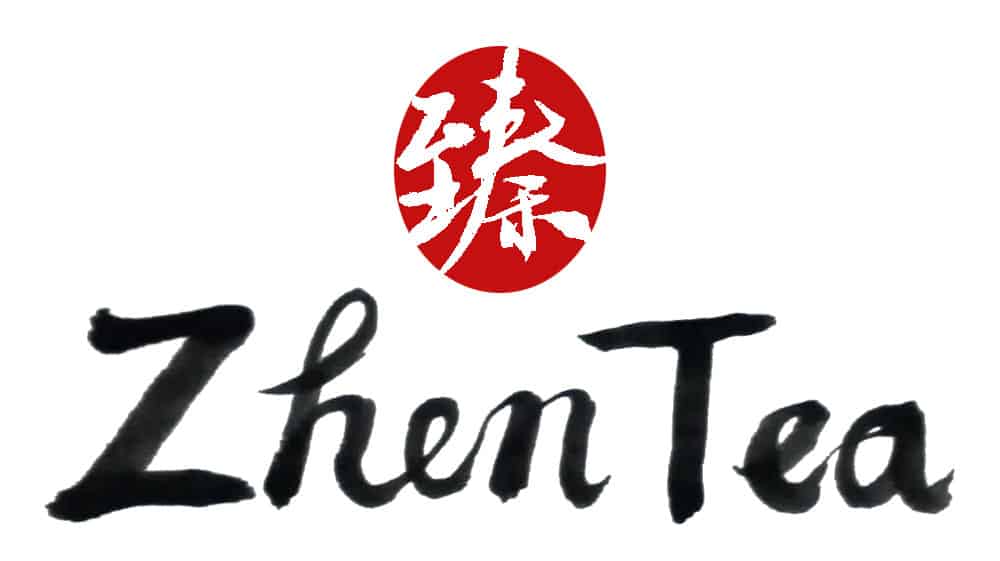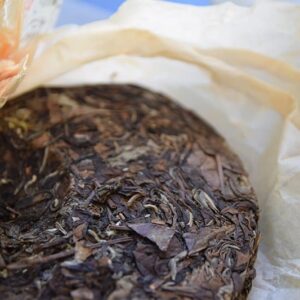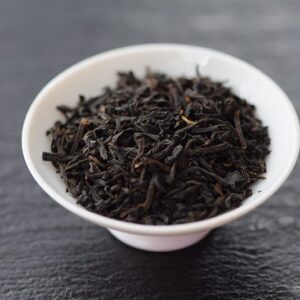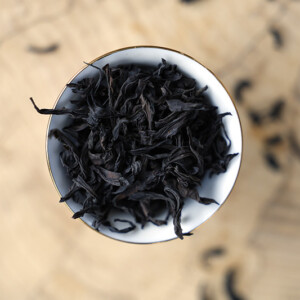Synopsis
Before getting into tea categorization, first, we need to be clear about tea naming. It’s indispensable for each tea to have its own individual name for further study, research, and categorization.
In this section, Mr. Chen Chuan summarizes the many ways of tea naming in China. A tea name could be named based on its shape, aroma, taste, varietal, origin, plucking season, and so on. A comprehensive summary with an abundance of tea examples is given.
Mr. Chen Chuan goes on to point out the chaos that exists. Sometimes a certain tea name could refer to very different teas, other times different tea names are used to describe identical teas. His conclusion? That it’s crucial to identify the tea carefully when categorizing, and change some tea names if necessary.
This blog post is the synopsis and reading notes of the article Tea Classification in Theory and Practice by Professor Chen Chuan, translated by Michael Salt, librarian, East Asian History of Science Library, Cambridge (Journal d’agriculture traditionnelle et de botanique appliquée Année 1981 28-3-4 pp. 329-344).
Watch the Youtube video for the full walkthrough.
The link to the translated article is in the description box on Youtube.
Reading Notes
P.330, para.4. it mentions Bai Hao in Bai Hao Yin Zhen is a category. It might be confusing as now we are so used to the 6 tea types, but at that time there’s no commonly recognized way of categorizing tea. Bai Hao as a category of tea refers to all teas that are made with only buds and covered with silver fuzz (no, that’s not only bai hao yin zhen).
P.331, para.1. “brown bud”, means yellow bud, huang ya.
P.331, para.2. “Shouzhou Huang ya” now known as Huoshan Huang Ya, and Guzhu Zi Sun are now retrieved from history. That is, they weren’t being made at the time the paper was being written, but are again being made, yay!
P331, para.4. “Seasoned Red” means Gongfu black tea.
P332, para.1. “The popular terms must be replaced”. The Chinese original version is more talking about the colloquial terms or names being replaced, to alleviate the chaotic naming situation that we mentioned above.
-
Aged Shou Mei – 2014
Price range: $23.00 through $290.00 -
Lapsang Souchong – Top Grade
Price range: $5.00 through $104.00 -
Rou Gui
Price range: $14.00 through $50.00 -
Shu Pu’er Coins
Price range: $18.00 through $167.00







